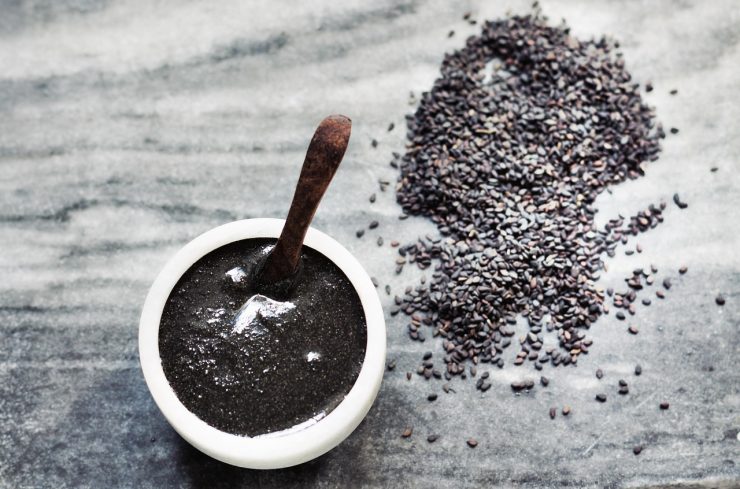Kale continues to hold its place as one of the most celebrated superfoods—and for good reason. Despite being in the spotlight for years, its popularity hasn’t faded. In fact, kale remains a staple in many meals and events, and its versatility and health benefits keep it firmly on the menu.
Thanks to this ongoing enthusiasm, several kale varieties have made their way into grocery stores and farmers markets. Beyond the familiar curly-leaf type, there’s Lacinato (or “dinosaur”) kale with its dark, bumpy leaves; Premier kale with small, flat leaves; deep purple Redbor kale; broad-leafed Siberian kale; delicate Red Russian kale with purple stems; and Kamome red kale, which resembles red cabbage. All are packed with the same powerful, health-promoting compounds.
Kale remains one of the most nutrient-dense vegetables available. It’s rich in antioxidants like beta-carotene, vitamin C, quercetin, and kaempferol, all of which support heart health, reduce inflammation, regulate blood pressure, and may help fight cancer. Some of these compounds may even offer benefits for mood and mental health.
Another standout benefit of kale is its cholesterol-lowering ability. It contains bile acid sequestrants, which help bind bile in the digestive system and aid in cholesterol removal. One study found that drinking kale juice regularly improved HDL (“good”) cholesterol and reduced LDL (“bad”) cholesterol in men, lowering their risk for heart disease. Cooking methods also matter—steaming kale, for example, increases its ability to bind bile acids, making it nearly as effective as cholesterol-lowering medications, without the unwanted side effects.
Kale remains a great option for guilt-free snacking, especially in the form of homemade kale chips. This recipe features a flavorful blend of lime juice, spices, and tahini—adding not only taste but extra nutrition.
Tahini, a paste made from toasted sesame seeds, is rich in healthy fats and nutrients. It’s been a staple in Middle Eastern cuisine for centuries and works well in dressings, sauces, and dips. It provides a source of plant-based omega-3 fatty acids, known for supporting brain health, reducing inflammation, and lowering the risk of chronic diseases. Tahini is also packed with minerals like magnesium, copper, iron, zinc, and selenium, supporting immunity and bone strength. Its protein and fat content help regulate blood sugar, making it suitable for low-carb or ketogenic diets.
For a satisfying, crunchy, and nutritious snack, try these kale chips:
Lime-Tahini Kale Chips
Ingredients
-
1 large bunch of any variety of kale, ribs removed
-
2 tablespoons lime or lemon juice
-
2 tablespoons extra virgin olive oil
-
4 tablespoons tahini
-
1 teaspoon nutritional yeast
-
1 teaspoon crushed red pepper flakes
-
½ teaspoon salt
Instructions
-
Preheat oven to 200°F or prepare a dehydrator. Line a baking sheet with parchment paper or foil.
-
Wash and thoroughly dry the kale. Remove the leaves from the tough inner stems and tear or cut into large pieces (they will shrink as they dry).
-
In a small bowl, whisk together the lime juice, olive oil, tahini, nutritional yeast, red pepper flakes, and salt.
-
Pour the mixture over the kale in a large bowl, using your hands to coat each leaf evenly.
-
Spread the coated kale in a single layer on the baking sheet or dehydrator tray.
-
Bake for up to an hour, checking after 30 minutes. In a dehydrator, drying may take up to 8 hours.
-
The chips are ready when completely dry and crisp.
Enjoy these as a nutritious snack or side—they’re packed with flavor and easy to make ahead.











